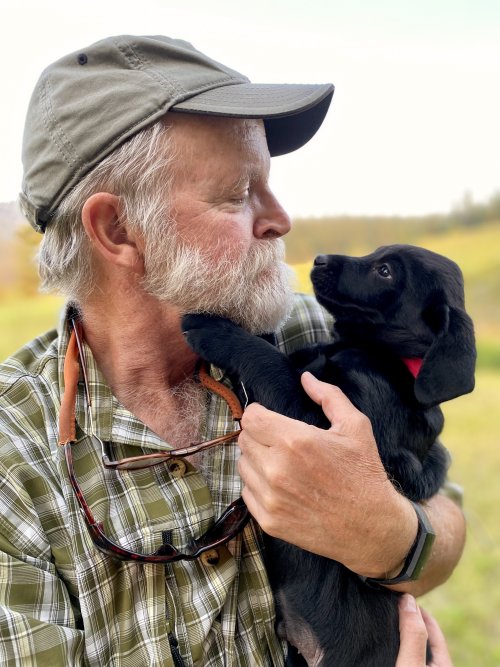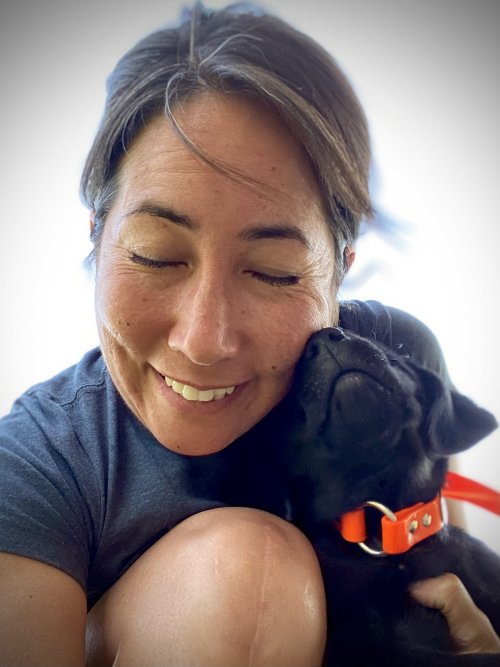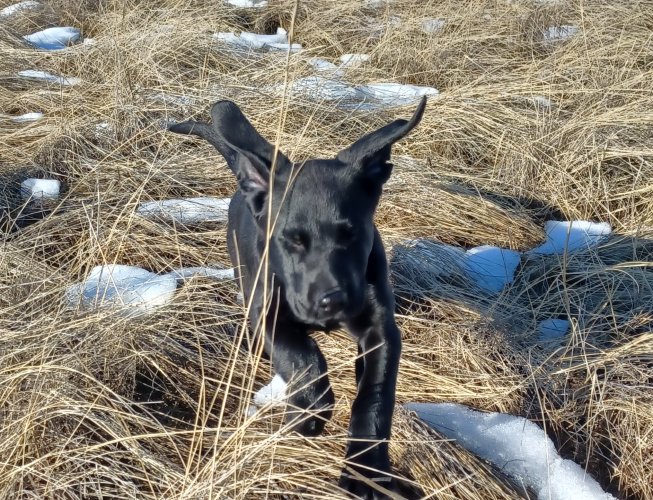Nick87
Well-known member
Yah I can totally see that, not looking for that at.Hunting them together, however, can sometimes be tricky.
Follow along with the video below to see how to install our site as a web app on your home screen.
Note: This feature may not be available in some browsers.
Yah I can totally see that, not looking for that at.Hunting them together, however, can sometimes be tricky.

 , but pretty close):
, but pretty close):I do something very similar. Buying dogs has changed in last 30 years. A lot more information available or is it disinformation? I'm always researching kennels and lines. Do you mind sharing what you look for in a prospective litter?I usually get new pup when the older dog is 5-7 years old.
Sometimes it takes a few attemps...I want a spring pup and a female.
This one was no different. Started looking in October.
First litter I was interested in was unsuccessful breeding.
Second breeding from a different breeder in November,
put my deposit down and number 2 on the list for a female.
Unsuccessful breeding, so the breeder sent my deposit back.
Third time found a breeding I was interested in, pups on the ground,
sent in my deposit and was lucky as only 2 female blacks left.
One year I was number 1 on the list with my deposit in and all pups were males...
Sometimes it took me a couple springs before I finally got a pup.
5-7years is in their prime, typically they start to slow down on upland hunts around 9-10.
I usually hunt the old lab most of the time and hunt the pup that first season on only
easy hunts where success is likely and mostly building good habits in pup.
Genetic tests for EIC and CNM.I do something very similar. Buying dogs has changed in last 30 years. A lot more information available or is it disinformation? I'm always researching kennels and lines. Do you mind sharing what you look for in a prospective litter?
I start with hallway retrieves so pup develops the habit of returning rather than playing "keep-away"Alaska, what is your technique(s) when a dog likes to do a little glory circle around you?
I found that having some treats in my pocket can cut down on the showmanship. "Hey! You want a chewy treat, you better bring me that bird." After a long day in the field Ellie will think twice about dallying if it means a delay in getting something to eat.I start with hallway retrieves so pup develops the habit of returning rather than playing "keep-away"
of parading around in a glory circle. A long hallway with a closed door at the end is ideal.
With pups, I focus more on a good return than longer retrieves.
